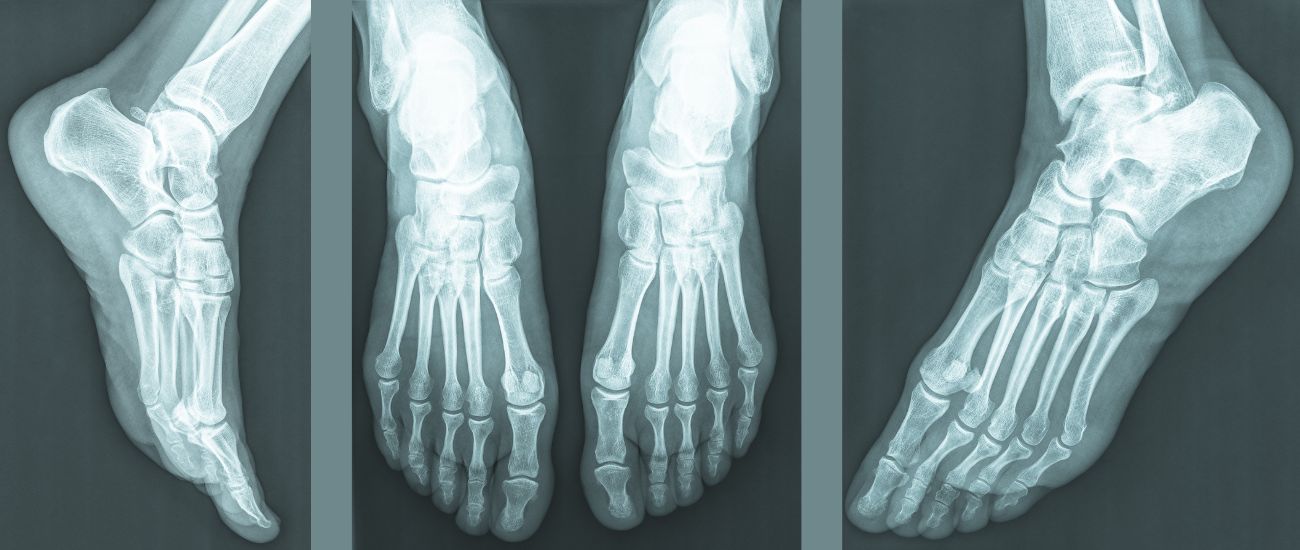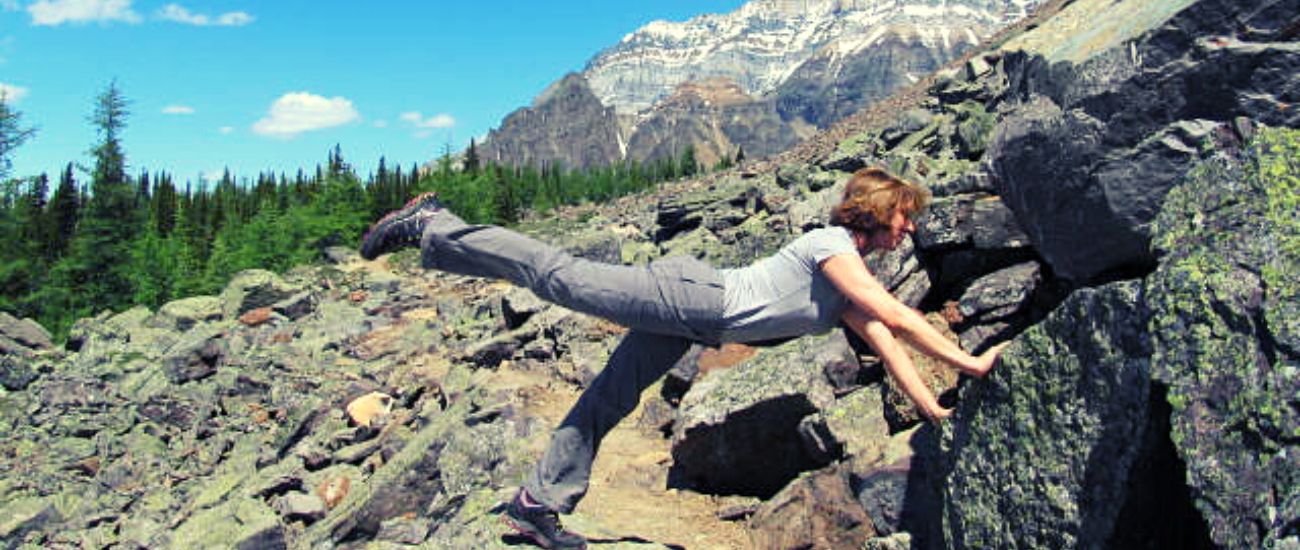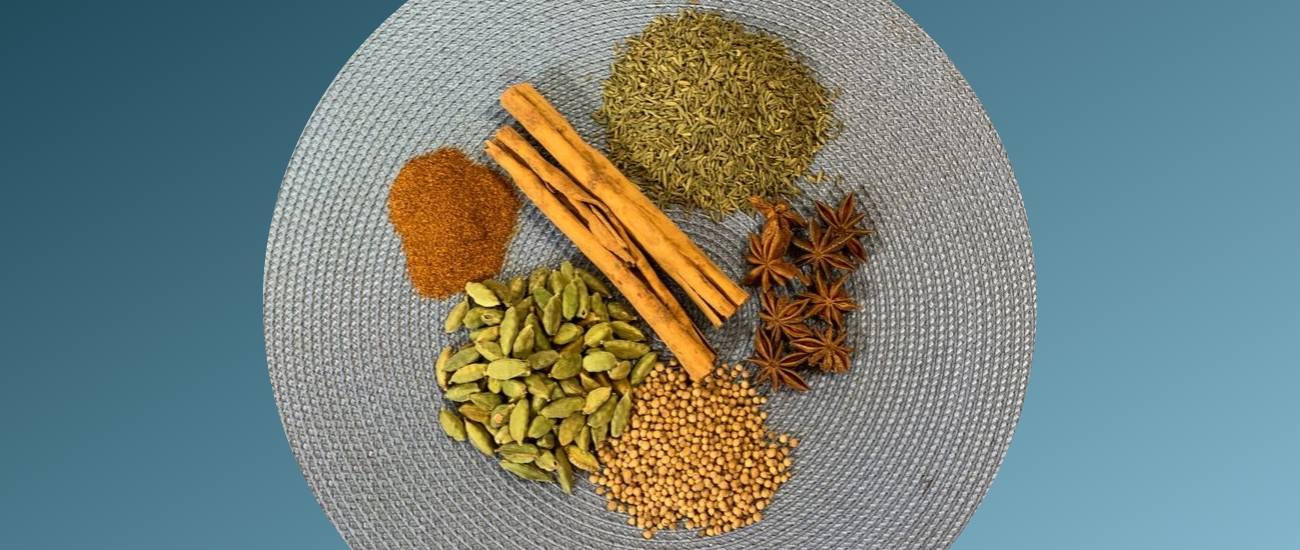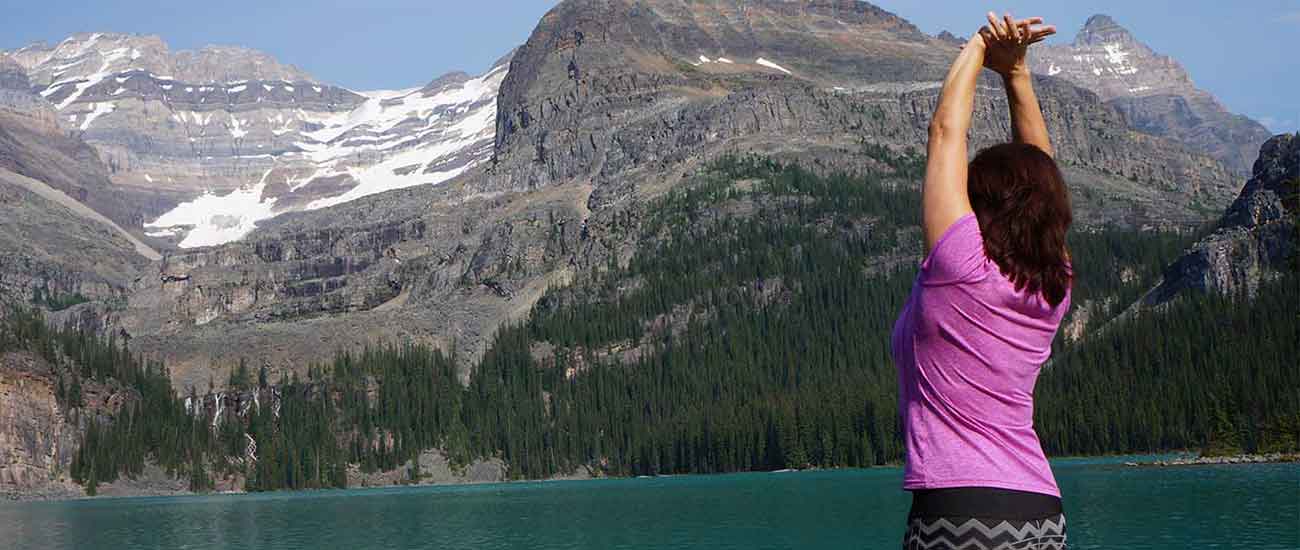Side Bend for More Length
Living without length and space in our bodies may create a lot of pain. From low back pain to digestive issues and difficulty getting a good breath in. And that’s why I love side bending.
Side bending, also known as lateral flexion, is a therapeutic staple. Lateral flexion has a number of benefits.
- Improves pelvic-lumbar stability
- Opens the musculature and tissue between your ribs assisting with more expansive inhalation
- Creates space between the top of the pelvis and the bottom of the ribcage which helps with comfortable digestion
- Keeps the joints of our spine lubricated through healthy movement
The primary muscles used for lateral flexion are Internal Obliques, External Obliques, Quadratus Lumborum (QL) and the Erector Spinae The Erector Spinae is comprised of 3 muscle groups: Iliocostalis, Longissimus, Spinalis.
Lateral Flexion Exercises
While it is super important to practice lateral flexion while standing on your feet, props really help with lateral flexion. Props allow our spine to feel supported as we breathe. The muscles and tissue that support our spine move with each breath.
Check These Out
Based on your interest, we've curated these articles just for you.

Foot Pain? Feel better ideas.
Do you have foot pain? Or are you trying to not have foot pain? Feel better with a few ideas. Disclaimer right off the top. Always talk with your medical and wellness team if you are in pain as well as if certain ideas are appropriate for you. If you’ve never experienced foot pain, you’re… View Article
3 min read

Stretches While Walking
Walking is the best exercise. To keep us on our feet and moving with ease, we often get tips for stretching before and after walking. For years, the rebel in me has been doing stretches while walking. Benefits of Walking Researchers promote walking as a terrific way to improve or maintain our overall well being…. View Article
5 min read

Healing Elixir
This really is a magic potion. It’s decreased inflammation in my body, significantly. I started making and drinking this awesome healing elixir after a long month of travel. Sitting on airplanes and driving in cars can make my leg lock up. Below is the phenomenal recipe that may help you feel better, too. This recipe… View Article
8 min read

